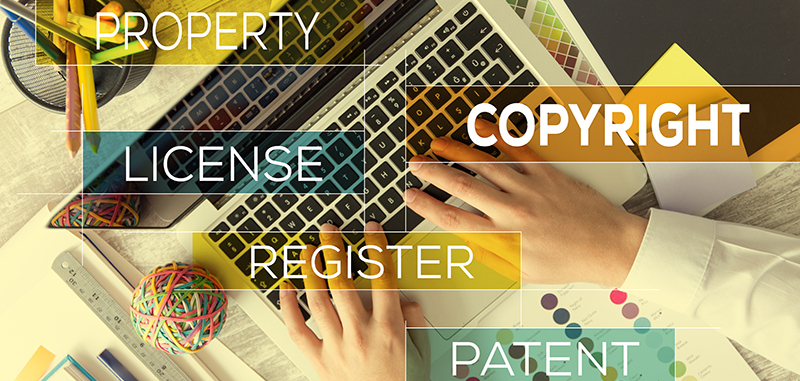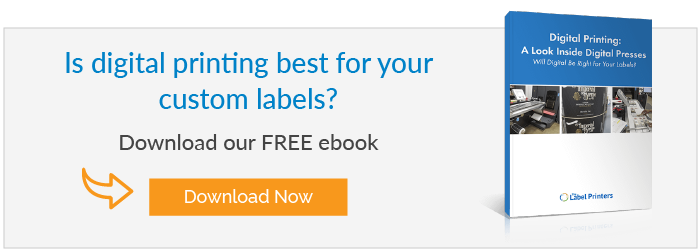
Why does your brand matter? Your customers consciously and subconsciously make decisions based on the strength of your brand.
Think of your brand as a shorthand for the trust your customers invest in you. Damage to your brand can be disastrous because it can shake your customers’ faith in your company. They may lose interest in your new products, and they may begin looking to your competitors.
The world’s top brands invest millions in brand protection because they know their brands are worth billions. But a brand protection strategy is critical for companies of all sizes because very few things are more valuable than the goodwill of your customers.
What Is a Brand Protection Strategy?
A brand protection strategy is a plan for stopping people from using your brand’s intellectual property for their own ends without your permission.
Your logo, your brand’s unique typeface and colors, the design of your products, your advertising copy and imagery – these assets all “live” in the minds of customers, engineers, and creatives, but they are as real as your office space and manufacturing facilities. And they are worth protecting.
Unfortunately, it’s never been easier for unscrupulous players to steal your brand identity. Counterfeit products – once a mainstay of sidewalk vendors and flea markets – are now easily available through e-commerce websites. And consumers can’t always tell the difference. According to recent findings by Sapio Research on behalf of Incopro:
- 26% of U.S. consumers have mistakenly purchased counterfeit products in the past year.
- More than half (52%) of U.S. consumers say they lost trust in a brand after mistakenly purchasing counterfeit items.
- 32% of U.S. consumers say they consider deliberately buying fake clothing, jewelry, and leather goods acceptable.
Other types of brand infringement abound online, as well. For example, file-sharing networks distribute copyrighted movies, music, and video games, and the unauthorized use of copyrighted images is rampant.
This all means it’s more important than ever to have a solid brand protection strategy in place.
How Leading Companies Protect Their Brands
As the technology for creating counterfeits and stealing intellectual property becomes more accessible, brands must continuously innovate to stay one step ahead.
Here are some measures leading companies have taken to protect their valuable brands:
- Luxury brands like True Religion Jeans have assembled anti-counterfeiting kits to help authorities quickly spot fakes. The kits include examples of genuine parts such as buttons, labels, and tags.
- New Balance (along with numerous other companies) has partnered with a technology firm to tag each authentic product with a unique cryptographic identifier stored on a distributed blockchain ledger.
- Investigators from Phillip Morris’s brand integrity unit regularly purchase Phillip Morris branded tobacco products from retailers of all kinds, online and brick-and-mortar, to confirm their authenticity. The company takes legal action against unauthorized retailers, wholesalers, and importers, if necessary.
Essential Elements of a Brand Protection Strategy
How do you protect the value of your brand in the 2020s? Your brand protection strategy should answer three questions:
1. How Is Your Brand Being Compromised?
To answer this question, you may need to gather information from across the internet and around the world about whether and how people are counterfeiting your products, which of your brand assets are being copied without authorization, and so on. Business intelligence and intellectual property experts can help you.
Online brand protection monitoring tools are also available. These tools “scrape” social media platforms, e-commerce marketplaces, app stores, and other sites for potential cases of brand infringement.
2. What Are the Most Significant Threats to Your Brand?
It’s nearly impossible to prevent brand infringement all the time, everywhere. It’s a good idea to prioritize the threats to your brand so that you spend your brand protection budget wisely. (For many manufacturers, counterfeits and gray market sales are a top priority.)
3. What Are You Going to Do About It?
Every good strategy includes an action plan. Once you’ve identified and prioritized the threats to your brand, it’s time to stop them in their tracks.
Your plan of action can include:
- Registering all your intellectual property with the relevant authorities.
- Implementing a consumer outreach program to train your customers to spot fakes.
- Creating a minimum advertised price (MAP) policy to ensure your vendors all adhere to the same standards.
- Distributing your products solely through a network of authorized dealers that have been vetted and trained by your company.
If counterfeit sales are a brand protection challenge for your company, you can fight back with overt and covert security features designed to thwart copiers.
For example, holograms and other optically variable devices (OVD) are instantly recognizable, but are also relatively easy for counterfeiters to mimic, fooling all but the most eagle-eyed of consumers. Less obvious features, such as invisible ink or microprinting, can help manufacturers, retailers, and everyone else along the supply chain distinguish real products from fakes.
A new class of forensic product markers uses a rare mix of minerals to create a product signature that can only be detected through special scientific techniques.
Track-and-trace technology helps companies protect their brands by securing their supply chains. These systems assign unique barcodes or attach RFID tags to products or their component so they can be followed from the factory to the end-user. Gray market diversions can be identified and halted.
Most experts agree the strongest brand protection includes a layered mix of solutions. Which of these solutions is right for your brand? It depends on a number of factors, such as your industry, your target markets, the price of your products, the renown of your brand, and how easy it is to create and sell counterfeits of your products.
Read our recent series of articles to learn more about the latest brand protection technology and start building your brand protection strategy. Begin with part I here.

